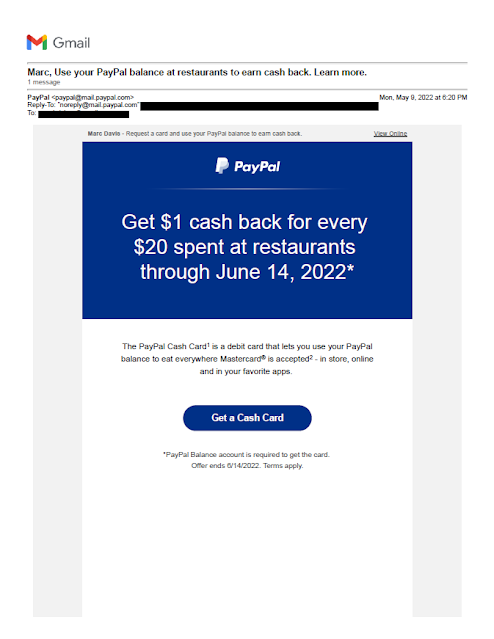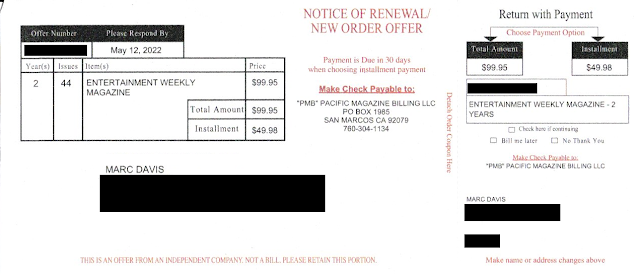When I started this blog 15 years ago, my intent was to share direct marketing lessons using real-world communications as examples. While I have been able to focus on my professional passion by writing these posts, I also hope you enjoyed reading and learning from them.
My goal of this blog hasn't changed over a decade and a half, but direct marketing jargon has -- so I'm updating the categories I use to classify Mail That Fails.
- Targeting: The use of data and information in determining to whom to communicate. Is your target audience going to be interested in your communication? Are you optimizing for number or sales, profitability or both?
- Offer: What you present to the target audience. Does it align with your targeting? Is it interesting? Is it relevant? Will it motivate action? Is there an appropriate incentive? Does the offer have a clearly communicated expiration date?
- Content: Method of communication; layout; design; words; visuals; explanation of the product, service or offer. Does it quickly convey the message? Is it engaging? Is it motivating? Is it free of errors and inappropriate slang? Does it communicate to the customer? Is it adequately personalized?
- Timing: When it is sent and when a customer is meant to receive it. Is it relevant at that time?
The terms may have changed, but these basic principles applied 15 years ago -- and they're still important for both physical mail and email.
Email deployment tools are continuing to be more sophisticated and more complex. Marketers need to start with the basics such as target audience and desired outcome to drive their messaging approach. We need to stay relevant by executing cleanly and on a timely basis.
Sometimes there are circumstances beyond a marketer's control, so not every campaign can be successful. But by keeping core marketing principles in mind, we can avoid producing Mail That Fails.







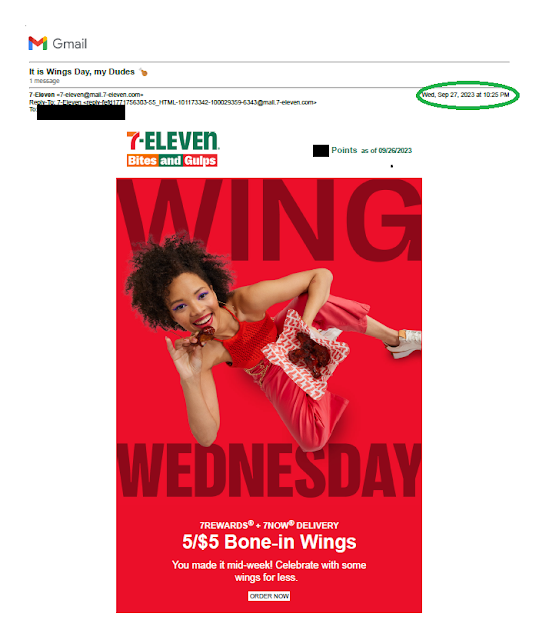

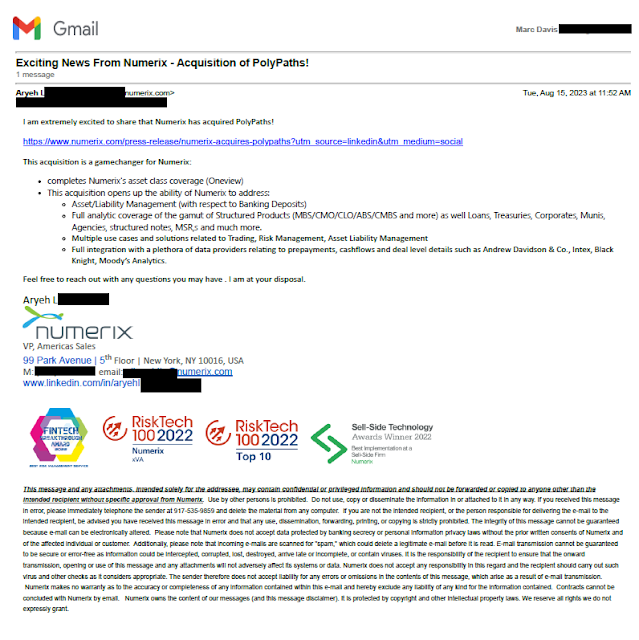





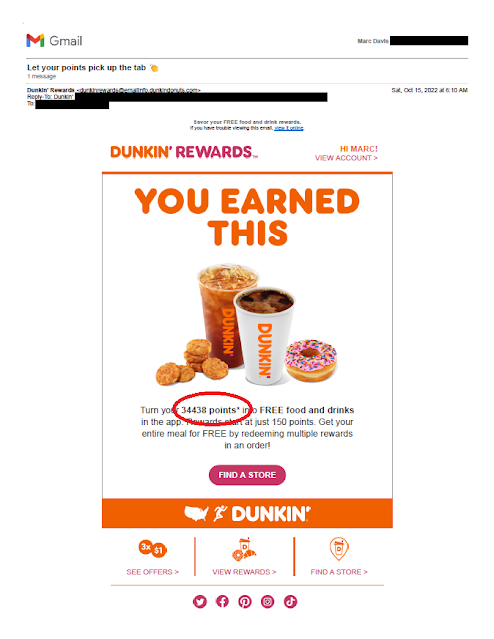
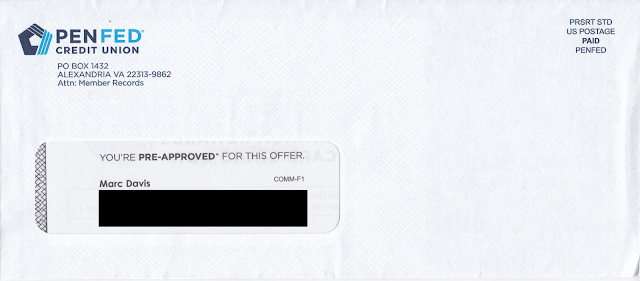

.png)










